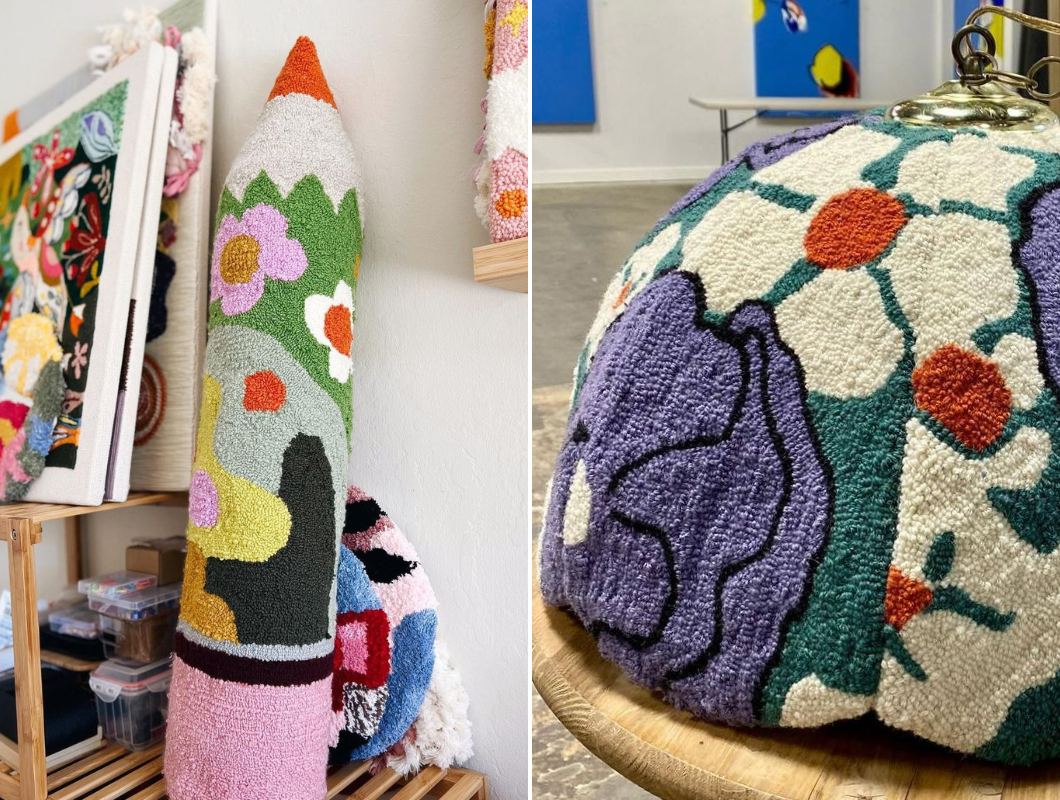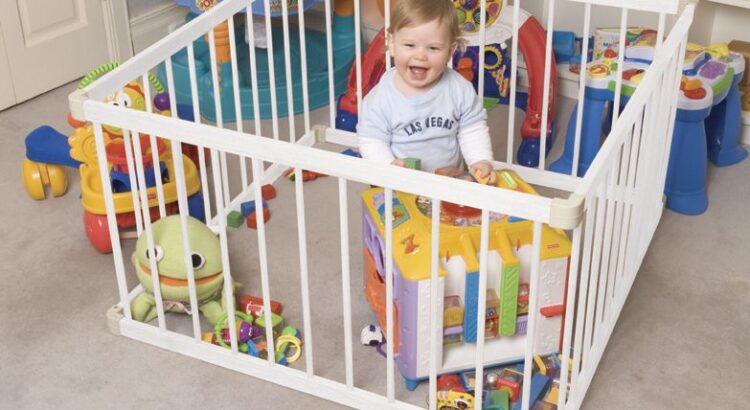Tufting is an art form that has been around for centuries, and it is still thriving today. It is a technique used to create beautiful textured patterns on fabric by pulling loops of yarn or thread through it. Tufted textiles are often seen in high-end furniture, home decor, and fashion accessories. If you’ve ever wanted to try your hand at tufting but didn’t know where to start, our Tufting Starter Kit may be just what you need.
Our Tufting Starter Kit contains everything you need to begin creating your own tufted designs, including a tufting gun, several different types of yarns and threads in various colors and textures, a practice fabric piece, and comprehensive instructions.
What is Tufting and Why You’ll Love It

Tufting is a textile technique that involves pulling loops of yarn or fabric through a backing material to create a raised pile surface. This technique can be used to make rugs, carpets, and even upholstered furniture. Tufting has become increasingly popular in recent years due to its unique texture and ability to add depth and interest to any space.
One reason you’ll love tufting is because it allows for endless creativity. With the right materials and tools, you can create intricate designs or simple geometric shapes with ease. Tufted pieces also have an artisanal quality that adds character and warmth to any room.
Another reason tufting is so appealing is because it’s relatively easy to learn. With our tufting starter kit, you’ll have everything you need to get started on your first project in no time. Whether you’re looking to make a new rug for your living room or adding some texture to your throw pillows, tufting offers endless possibilities for DIY enthusiasts of all skill levels!
What’s Included in Our Tufting Starter Kit
The Tufting Starter Kit by DIY Rug Hooking has everything you need to get started with tufting. It includes a sturdy frame made of birch wood that can accommodate large pieces of fabric. The frame comes with adjustable legs, so you can work on your project at a comfortable height. Additionally, the kit also contains a specially designed tufting gun that makes the process quick and easy.
The kit also includes 100% wool yarn in various colors, a cloth cutter for precise cuts, and burlap backing fabric to help keep everything in place. You’ll also receive detailed instructions on how to use the tools included in the kit and how to create different designs using tufting techniques.
Whether you’re an experienced crafter or just starting out, this Tufting Starter Kit is perfect for unleashing your creativity. With all the necessary tools and materials included, you can easily experiment with different patterns and designs. So why wait? Start creating beautiful rugs and wall hangings today!
How to Use the Tufting Tools
Using tufting tools can seem intimidating at first, but with a little practice and patience, anyone can master the art of tufting. The most common tool used in tufting is the tufting gun, which allows you to quickly and easily insert yarn or thread into your fabric. To use a tufting gun, simply load it with your chosen yarn or thread and press it firmly against your fabric where you want to create a tuft. Pull the trigger to release the yarn or thread into the fabric.
Another important tool for tufting is the needle, which allows you to make more precise and delicate stitches. To use a needle for tufting, simply thread it with your chosen yarn or thread and insert it through your fabric where you want to create a stitch. Pull the needle through until you have created your desired length of stitch. Repeat this process as many times as necessary to create a beautiful and intricate design on your fabric.
Finally, don’t forget about basic tools like scissors and measuring tape when working on any project involving tufting. Scissors will help you cut threads cleanly while measuring tape will ensure that all of your stitches are uniform in size. With these simple tools at hand, there’s no limit to what you can create using our Tufting Starter Kit!
Tips and Tricks for Successful Tufting
Tufting is an age-old craft that is making a comeback. It involves creating patterns by pulling thread or yarn through fabric or other material. The result can be a beautiful piece of art, a cozy rug, or even a fashionable piece of clothing. Here are some tips and tricks for successful tufting:
1. Plan your design carefully: Before you start tufting, make sure you have a clear idea of what you want to create.
2. Choose the right materials: Different fabrics and yarns will create different effects. Make sure you choose the right ones for your project.
3. Use the right tools: A tufting gun or needle will save you time and effort when creating your design.
4. Be patient: Tufting can be time-consuming, but the results are worth it. Take breaks if needed to avoid frustration.
5. Practice makes perfect: Don’t be afraid to experiment with different techniques and designs until you find what works best for you.
6. Keep it clean: Make sure to keep your work area clean and organized to avoid mistakes or accidents.
With these tips and tricks in mind, anyone can master the art of tufting and unleash their creativity with our Tufting Starter Kit!
Benefits of Tufting as a Hobby
If you’re looking for a new hobby to try out, tufting might just be the perfect one for you. Not only is it a fun and creative way to pass the time, but it also comes with numerous benefits that make it worth pursuing.
Firstly, tufting can be an incredibly therapeutic activity. The repetitive motion of pulling loops through fabric can help calm your mind and reduce stress levels. It’s also a great way to practice mindfulness as you focus on each stitch and the texture of your materials.
In addition to its mental health benefits, tufting can also improve your manual dexterity and hand-eye coordination. As you work on more complex designs, you’ll find yourself becoming more skilled at manipulating your tools and achieving precise results.
Overall, whether you’re looking for a relaxing new pastime or hoping to develop practical skills, tufting is well worth considering as a hobby. And with our Tufting Starter Kit, it’s never been easier to get started!







